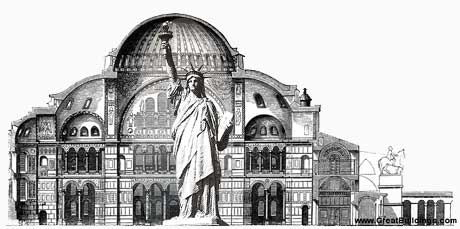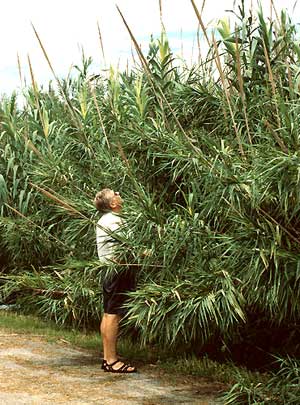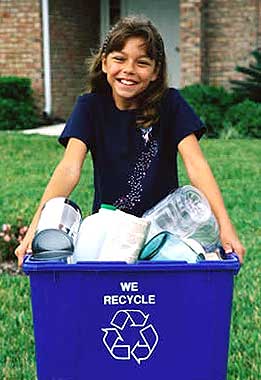Green grins and groans
We begin a new irregular feature on Greener this month called Green Grins and Groans. The new column will have short, current press picks from around the world which are either Green Grins, some good news to bring a smile to your day or Green Groans, I can't believe they did that!
Each month we'll post the best submissions from our readers and find some way to reward those published through our network of advertisers. So start browsing the funny, famous and infamous for your favorite Green Grins and Groans and send them to the editor at Greener Mag
5/30/06 Tampa :-o
A Florida man whose car was stolen from in front of his apartment Sunday admitted to police that he had left the motor running. When asked why, his reply, he was using the car's battery to recharge his laptop, also missing.
With prices pushing $3.00 a gallon US that works out to about $4.50 to recharge his computer assuming a 6 cylinder car will burn about 1/2 of a gallon of gas per hour x an average 3 hours recharging time. Maybe he'll rethink the process next time around.
5/06 St. Petersburg :-)
Newly formed baseball franchise, the Florida Devil Rays announced their first community involvement project this month. The rays have selected 6 area educators to recieve grants. The grants will cover the teacher's expenses as they assist Earthwatch expeditions over the summer break.
The teachers will participate in a variety of studies including the rain forests in Puerto Rico, diamondback terrapins in New Jersey and climate changes in the Arctic. The baseball team will also donate $2500 to each school.
5/10/06 Tampa :-)
Dr. Muhammad Yunis, professor of economics and founder of Grameen Bank and the revolutionary concept of providing small low interest loans known as "microlending", was awarded the Global Citizen of the Year award by the Patel Foundation for Global Understanding.
Dr. Yunis's "microlending" concept has provided small, low interest loans - averaging $120 - to more than 2 Million individuals who must use the money to start a small business. The loans, all to individuals from underdeveloped nations, have changed the traditional paradigm of banking and laid the ground work for economic stability among thousands of the world's poorest communities. Garmeen means village in Hindi
Each month we'll post the best submissions from our readers and find some way to reward those published through our network of advertisers. So start browsing the funny, famous and infamous for your favorite Green Grins and Groans and send them to the editor at Greener Mag
5/30/06 Tampa :-o
A Florida man whose car was stolen from in front of his apartment Sunday admitted to police that he had left the motor running. When asked why, his reply, he was using the car's battery to recharge his laptop, also missing.
With prices pushing $3.00 a gallon US that works out to about $4.50 to recharge his computer assuming a 6 cylinder car will burn about 1/2 of a gallon of gas per hour x an average 3 hours recharging time. Maybe he'll rethink the process next time around.
5/06 St. Petersburg :-)
Newly formed baseball franchise, the Florida Devil Rays announced their first community involvement project this month. The rays have selected 6 area educators to recieve grants. The grants will cover the teacher's expenses as they assist Earthwatch expeditions over the summer break.
The teachers will participate in a variety of studies including the rain forests in Puerto Rico, diamondback terrapins in New Jersey and climate changes in the Arctic. The baseball team will also donate $2500 to each school.
5/10/06 Tampa :-)
Dr. Muhammad Yunis, professor of economics and founder of Grameen Bank and the revolutionary concept of providing small low interest loans known as "microlending", was awarded the Global Citizen of the Year award by the Patel Foundation for Global Understanding.
Dr. Yunis's "microlending" concept has provided small, low interest loans - averaging $120 - to more than 2 Million individuals who must use the money to start a small business. The loans, all to individuals from underdeveloped nations, have changed the traditional paradigm of banking and laid the ground work for economic stability among thousands of the world's poorest communities. Garmeen means village in Hindi



7:20 AM













